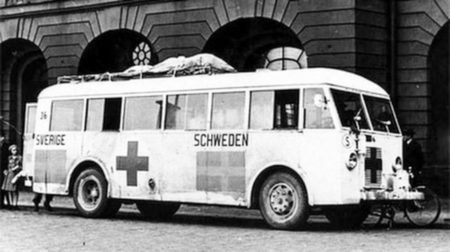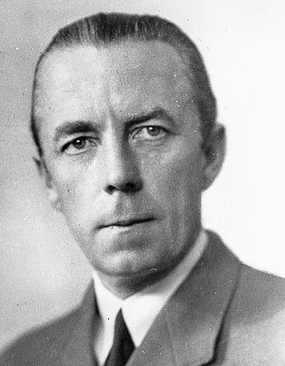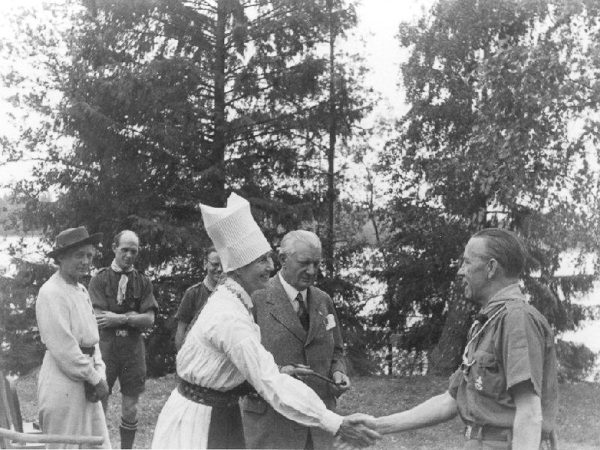I wrote a blog in 2019 about The White Buses (click here to read the blog). It was the story of how Count Folke Bernadotte, a Swedish diplomat, negotiated with Himmler toward the end of World War II for the release of thousands of women imprisoned in Nazi concentration camps. Using buses painted white while adorned with the Red Cross symbol, the destination for the women was to be neutral Sweden and freedom. While many of them were saved from SS death marches as Soviet troops advanced westward, their journey through Germany on the White Buses was no less perilous.

One of our readers, Professor Roger Ritvo contacted me about the blog and filled me in on his research project about the White Buses. At some point in our discussions, I suggested he write a guest blog based on his research. (Co-authors of the article are Caitlyn Traffanstedt and Allison Stone.) Fortunately for us, Roger agreed, and I have had the opportunity to read their two articles, 10 Gifts from the White Bus Rescue of 15,345 Nazi Prisoners in 1945 (Part 1) and Ten Gifts (Part 2).
Our blog today is a collection of selected excerpts of the paper, and we have chosen several of the gifts to share with you. I hope you enjoy this sampling and if you do, I have listed the links to their articles in the recommended reading section below. Read More Ten Gifts of the White Bus Rescue–Guest Blog


